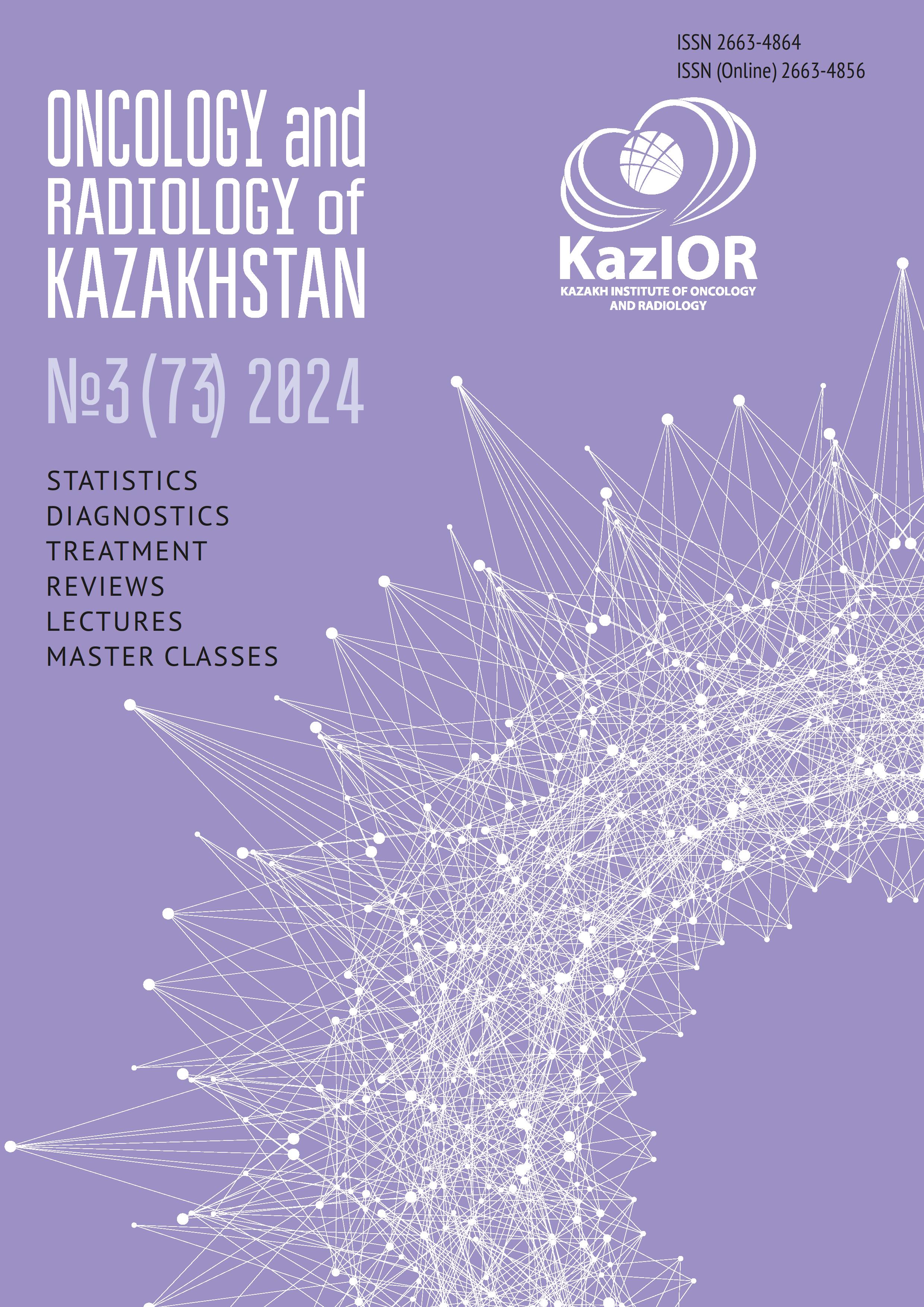RECONSTRUCTIVE SURGERIES AS AN OPTION FOR SURGICAL REHABILITATION IN BREAST CANCER TREATMENT: A LITERATURE REVIEW
Keywords:
breast cancer (BC), reconstructive surgeries (RS), surgical rehabilitationAbstract
Relevance: Today, breast cancer (BC) occupies a leading position in the structure of cancer inci-dence among the female population.
According to WHO, in 2022, over 2,296,840 million cases of primary detection worldwide were registered. Therefore, 11.7% of the total number of primary detected cancers and more than 685,000 women died from this disease (6.9% of the total mortality). The surgical method remains the leading one and is being improved yearly due to the increasing early detection in relatively young and nondisabled patients. Reconstructive surgery is gaining more and more popularity as a component of a rehabilitation program.
The study aimed to evaluate the effectiveness of reconstructive surgeries (RS) on the mammary gland during surgical rehabilitation.
Methods: Starting in 2014, we searched the databases Scopus, PubMed, and e-Library for scientific publications published over the past 10 years. The search results revealed more than 2,700 articles, of which 36 sources were selected according to the inclusion and exclusion criteria.
Results: The effectiveness of RS in the surgical rehabilitation of patients with breast cancer has been established, depending on the localization and pathomorphological characteristics of the tumor. Patients’ satisfaction with the aesthetic result, a crucial aspect of their emotional and psychological wellbeing, was assessed using the Breast-Q questionnaire. According to the results of randomized, single-center, and multicenter studies and meta-analyses, there is a steady increase in simultaneous and delayed RS in treating BC.
Conclusion: RS is an advanced method of surgical rehabilitation. Its main objective is to ensure a high level of psychosexual well-being and satisfaction with the quality of life in patients while maintaining oncological safety. However, pursuing oncological safety requires constant improvement and a deeper study of each technique. Analyzing RS’s early and long-term results will allow you to choose the optimal method for each patient based on the need for aesthetically safe and reliable surgical rehabilitation. This underscores the importance of ongoing research in this field.

